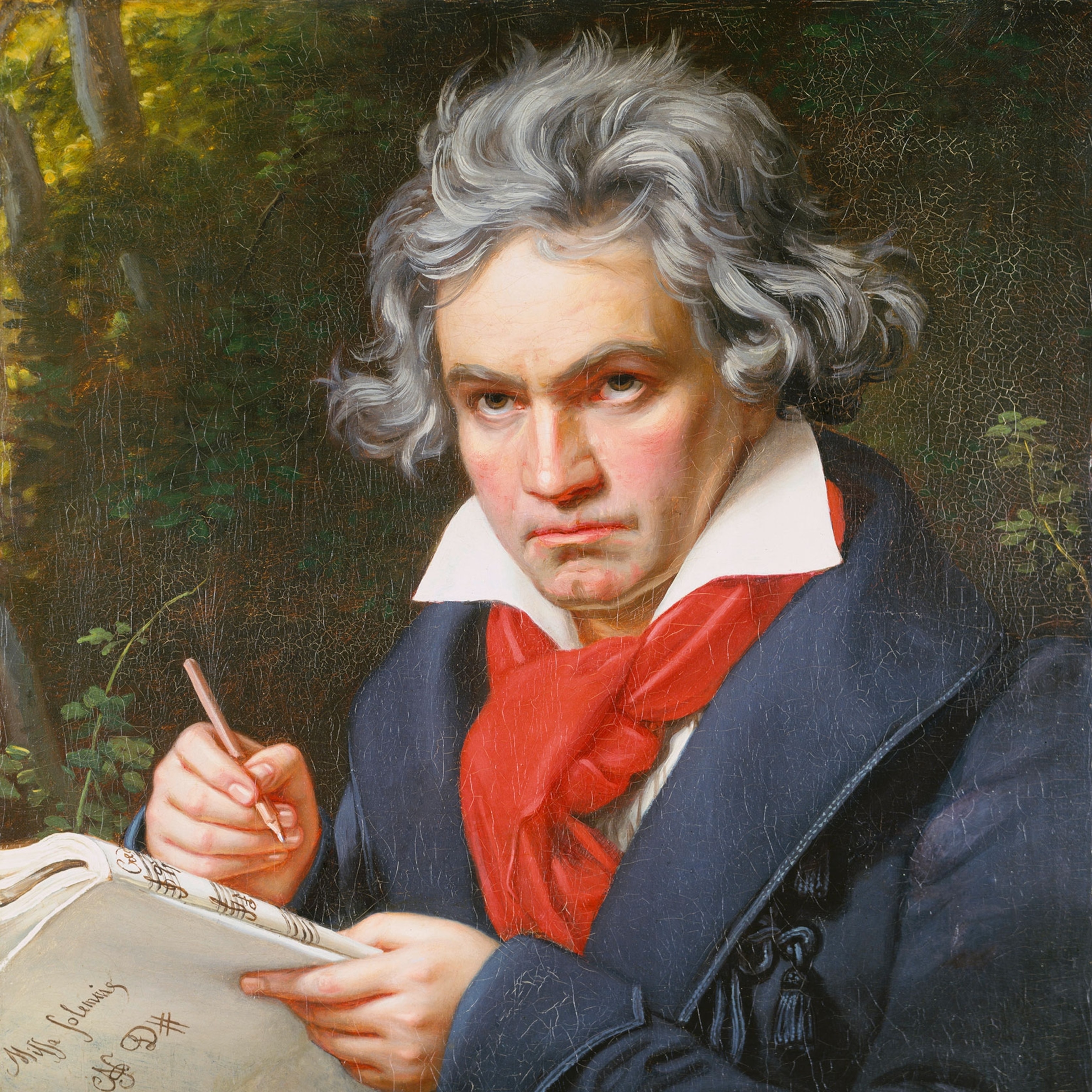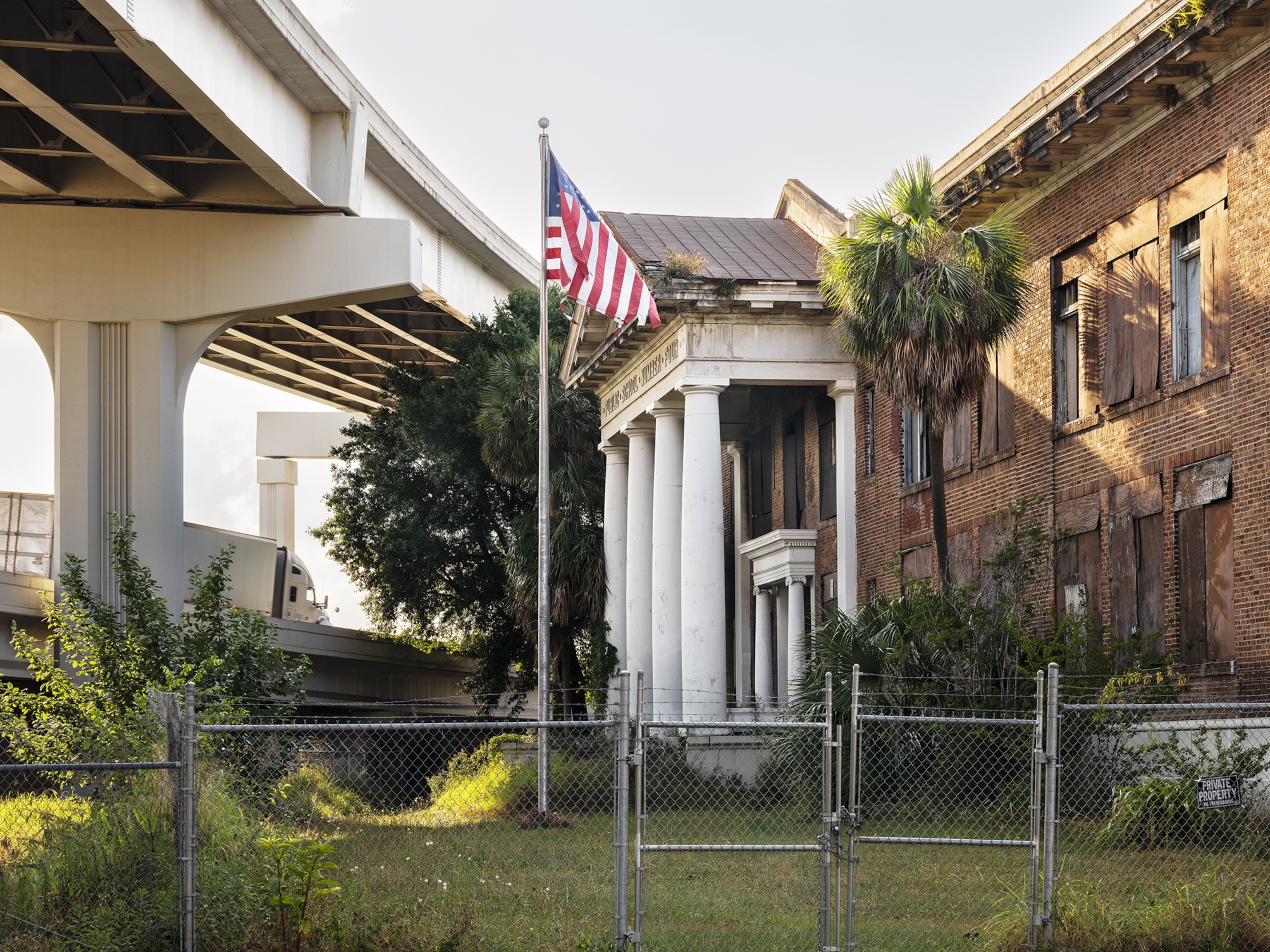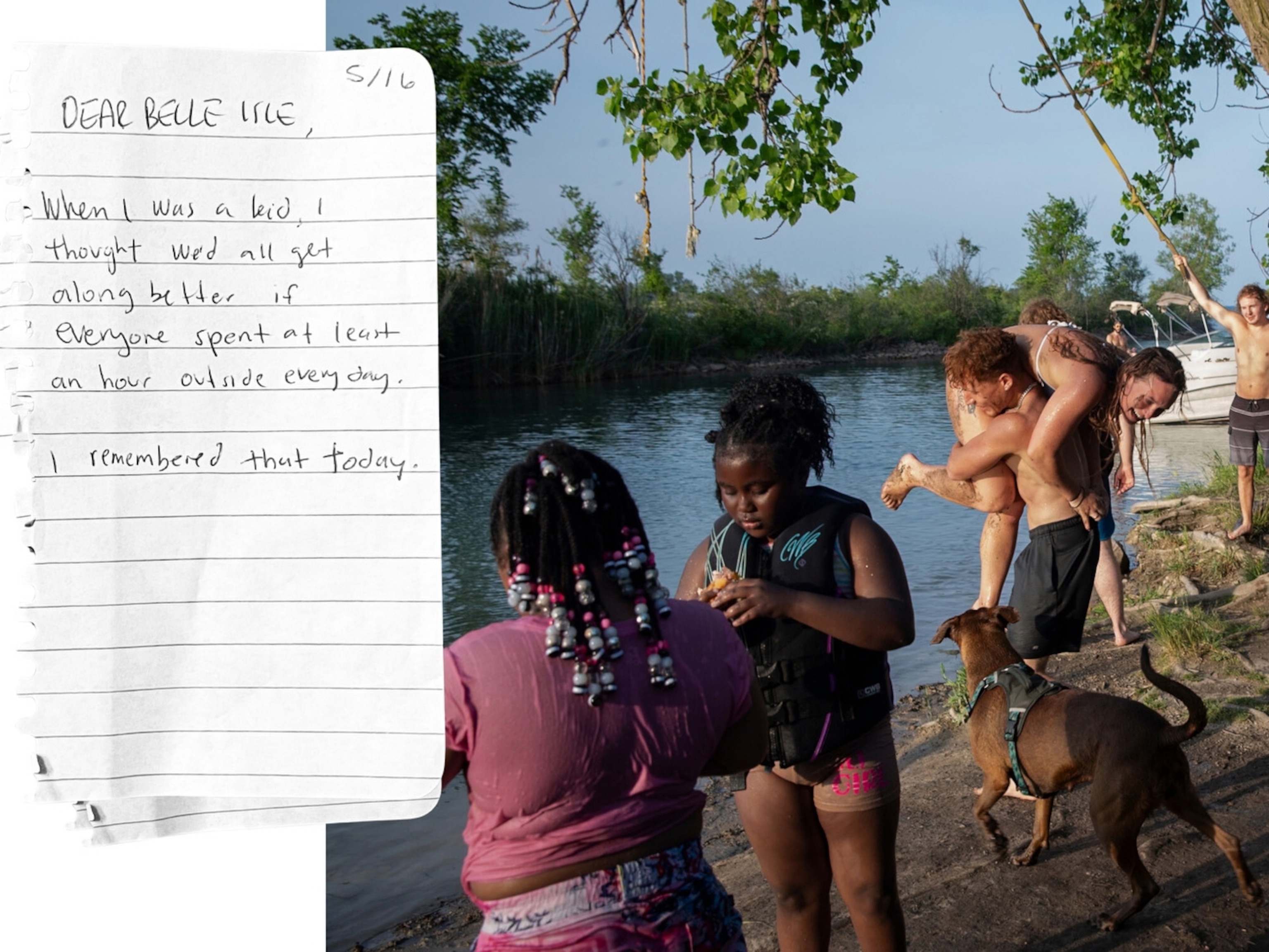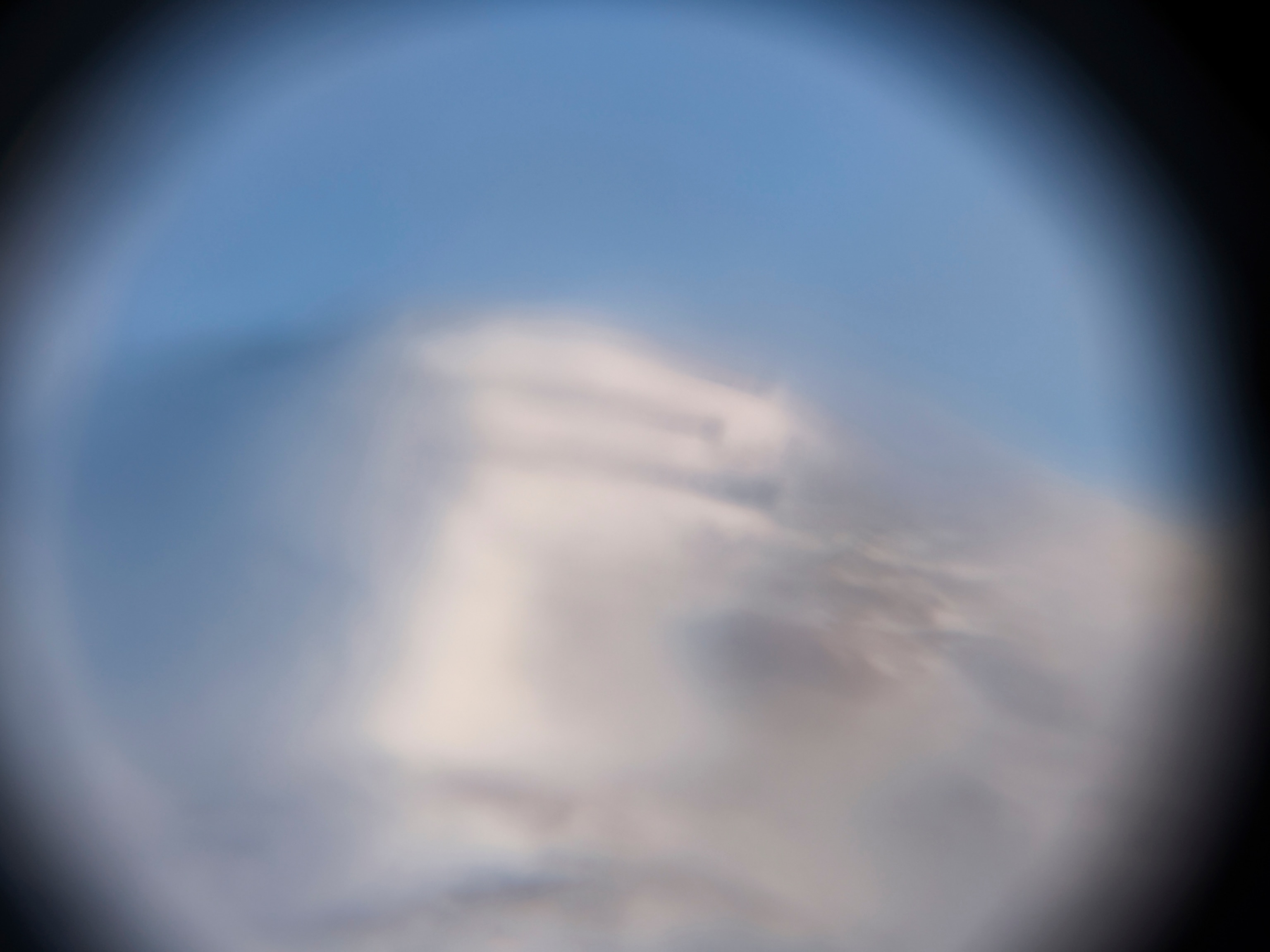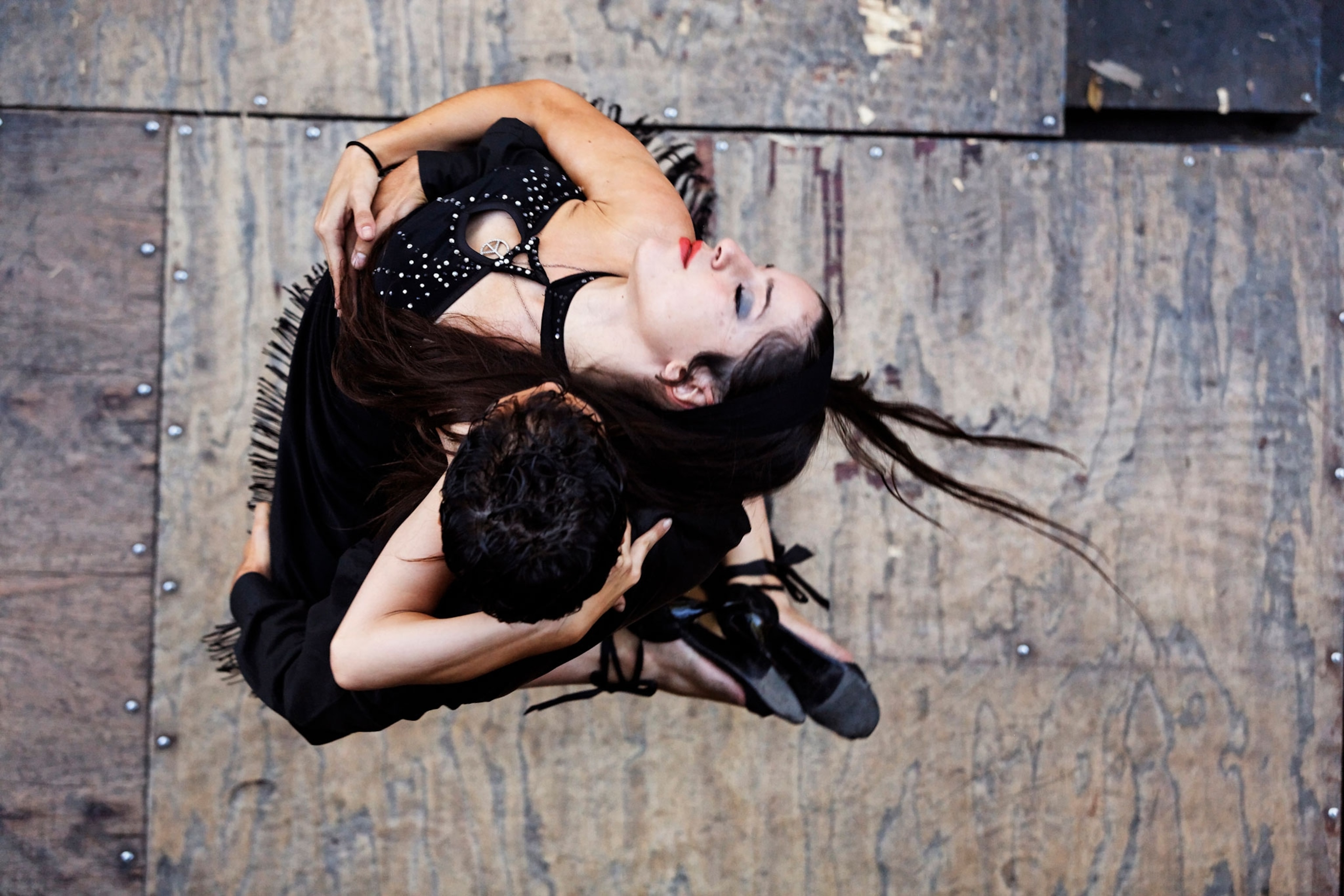
Photographers in Love
Partners in life, love, and photography share why two minds are often better than one.
Karla and I are unique in that our visions, although different, can be combined to make a cohesive piece without feeling awkward. It was much harder when we were younger. When coming across a situation that we both really wanted to shoot, sometimes it was difficult to stay out of each other’s way and know when to back off. This could lead to harsh words or bad feelings, which were counterproductive. Now we are better at sharing and scoping out different facets of the same story. That way we can gather twice as much fruit for our basket.
I met Ivan fifteen years ago at our college newspaper and I was his editor. I loved his compositions, the way he used color, and how he always had a way to show tenderness in his subjects. Maybe it’s his own tenderness that somehow always seeps through his images. I fell in love with this man who was capable of capturing such beauty.
Having a partner who can understand exactly what you are going through is much nicer than doing it alone. When we have worked on difficult stories it was so nice to come back to Ivan and lie in bed going over our days.

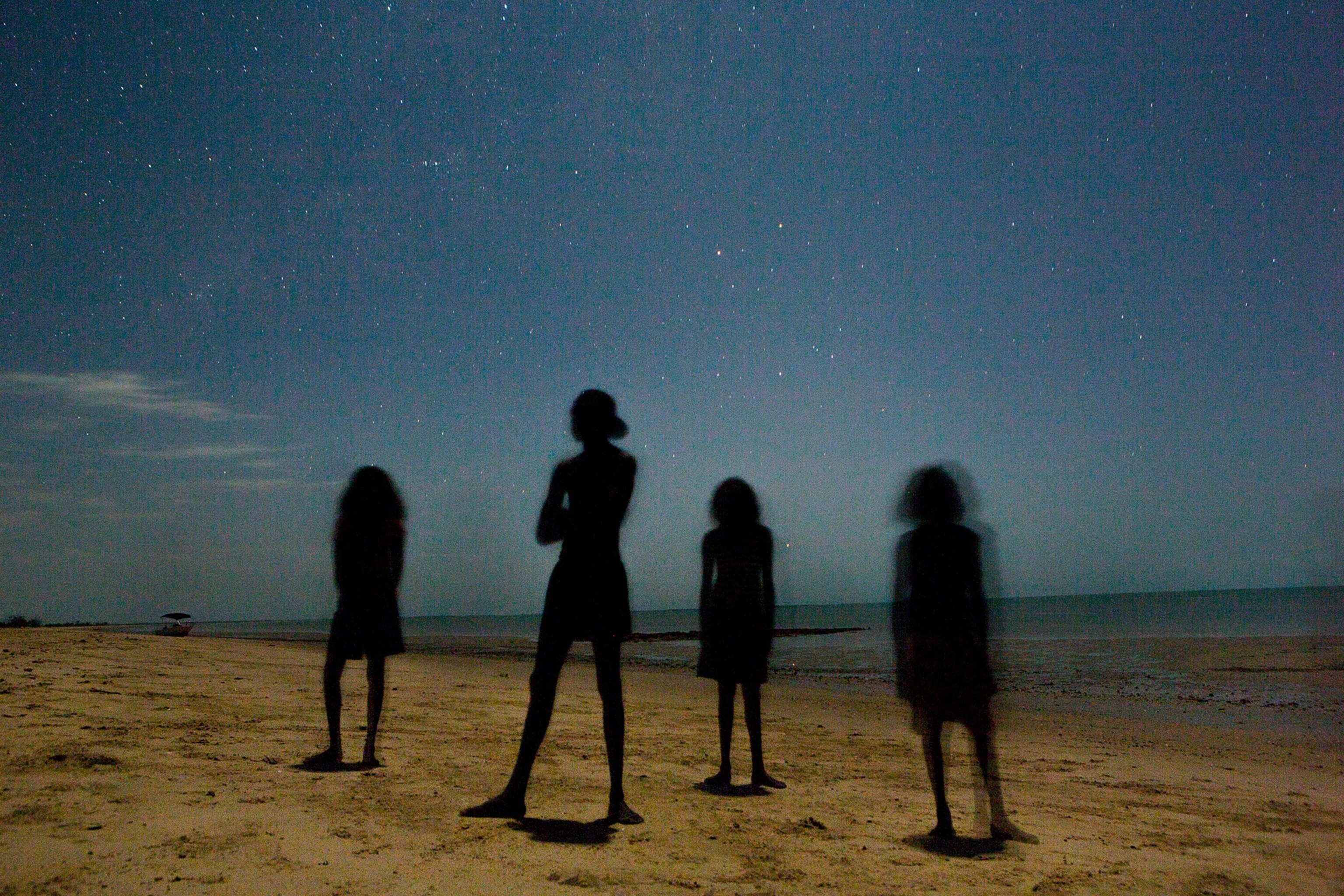
We often joke we do better in the field than dealing with the domesticity of being home! We are both pretty strong willed people—you kinda have to be to make it in this business. But in the field we know who is “in charge” because it is whomever’s assignment it is. The other person is there to help and support however they can.
Being a photojournalist is a way of life more than a “job” and so we truly share this photographic life together. I don’t think there’s anything I couldn’t do without Matt as my partner, but I do know his work and feedback on my work have shaped who I am as a photographer tremendously.
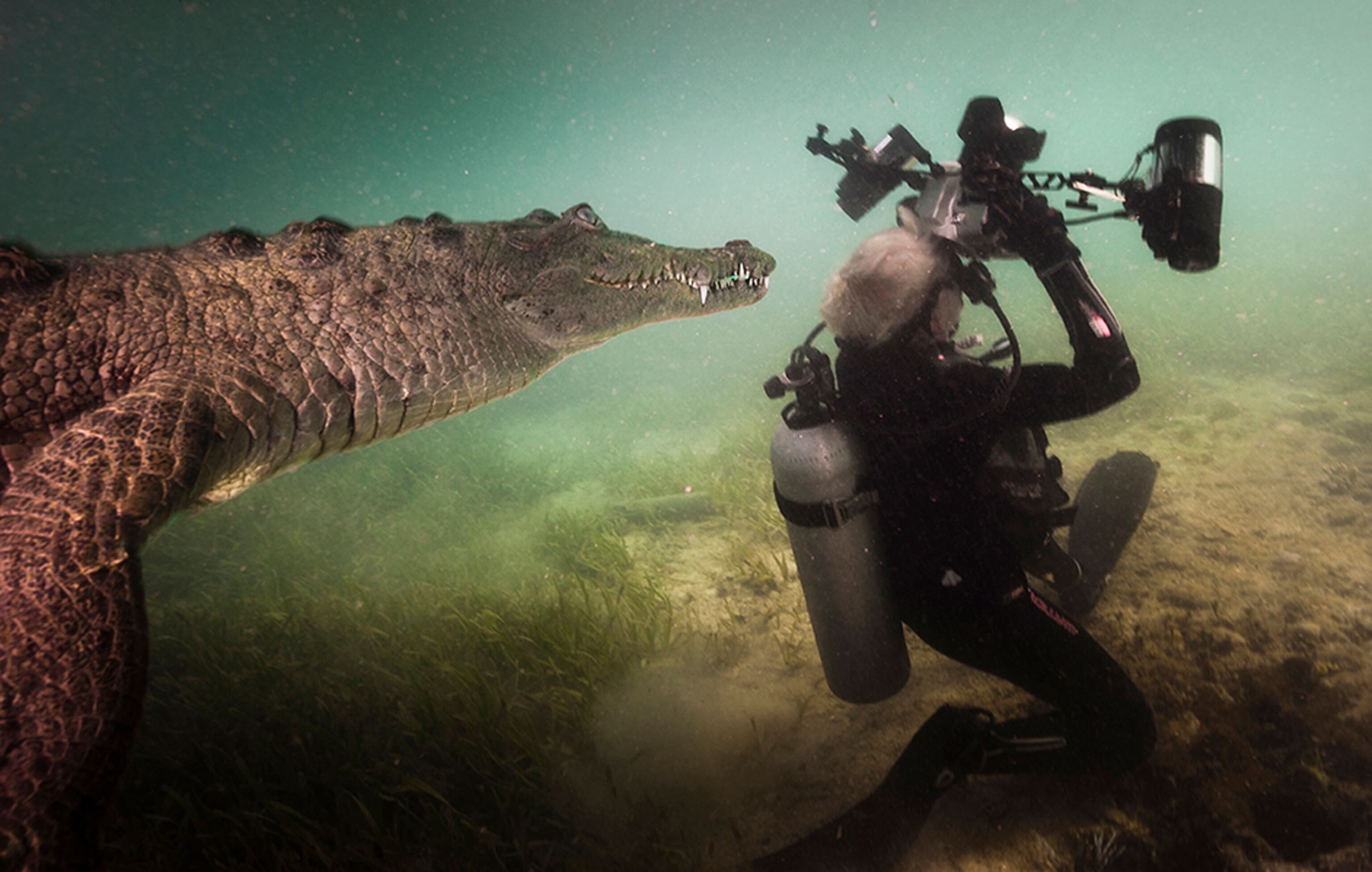
Many viewers have said “How could your partner (husband) take this image? You could have been killed!” Knowing the circumstance, I have a very different view: Had David seen this image and not taken it, I would have killed him.
David and I are equally passionate about the sea. We literally met underwater over a pregnant lemon shark giving birth. We are efficient in the water—if a camera breaks underwater during high action one of us can get out and make the repair while the other keeps shooting. We make good partners because we have each other’s back in challenging situations.
A partner is the best audience and toughest critic. We look at the images after a day of shooting and Jennifer or I will say, “We can do better.” We do not always agree on story approach, or navigation above or below water. And yes, we argue underwater with a dive slate. Diversity adds to creativity. The joy of sharing something incredible is amplified and your combined energy and vision makes a story stronger. Underwater we bring two minds and two sets of eyes into the ocean allowing us to double the territory we cover.
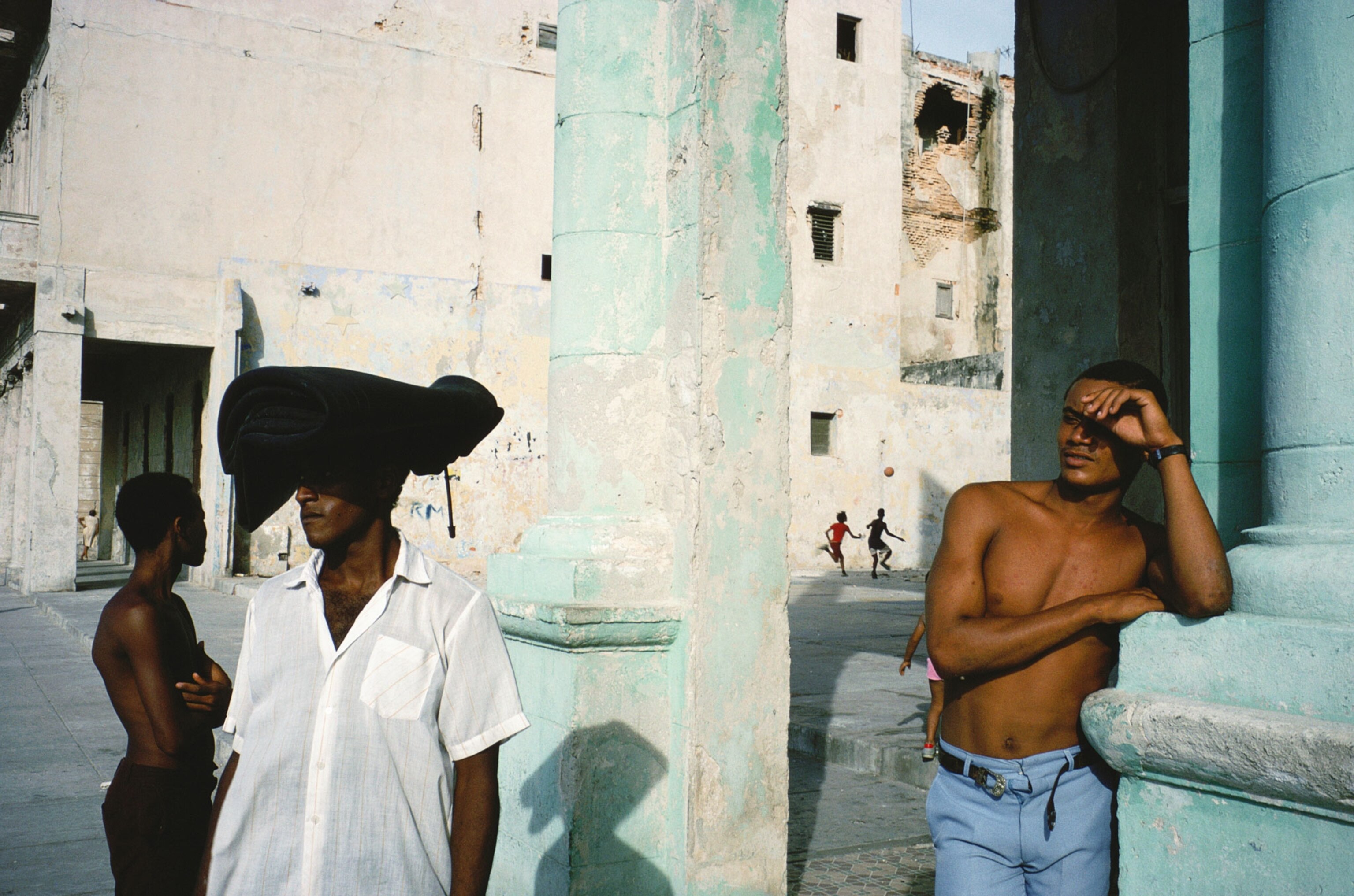
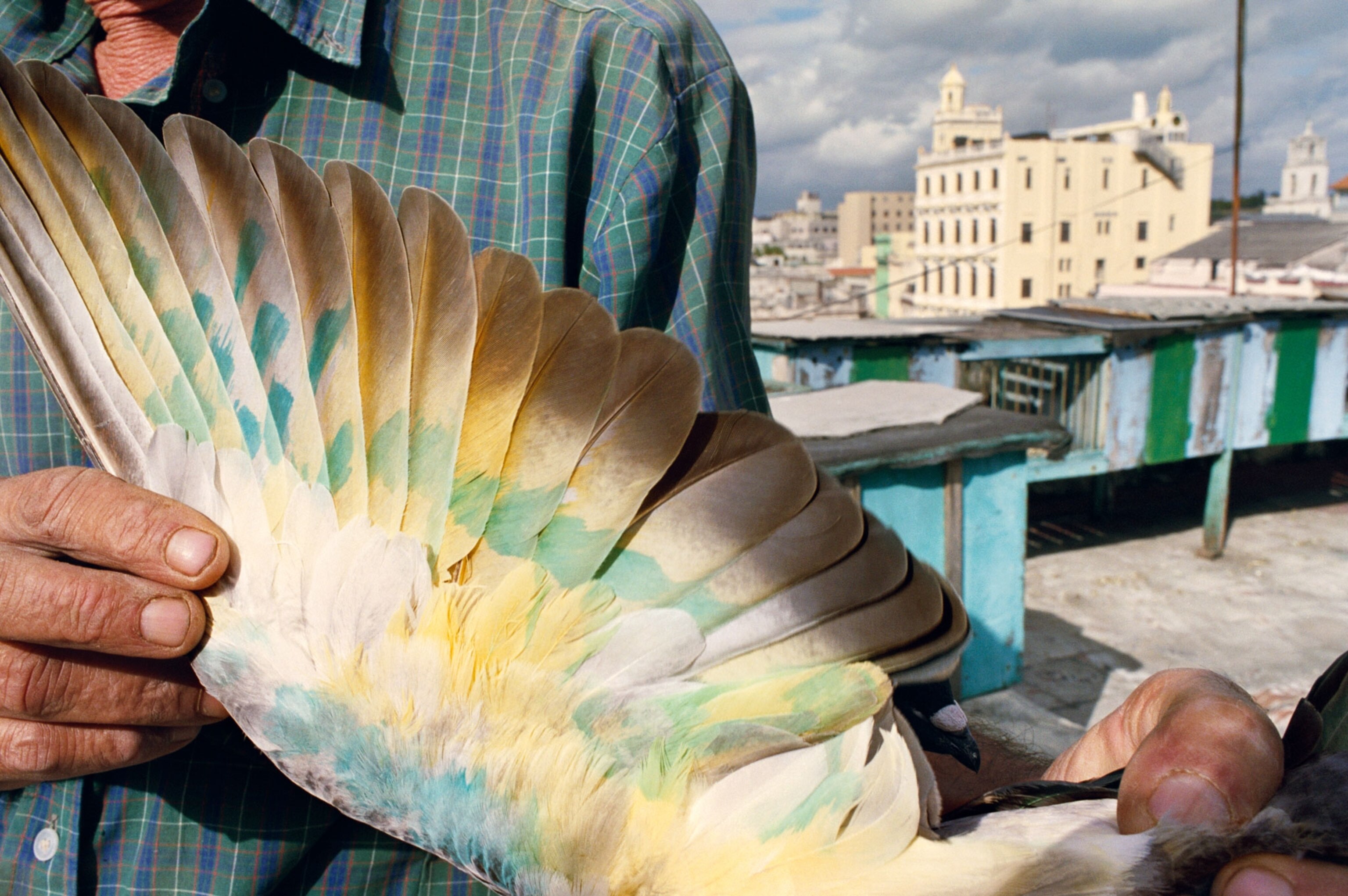
Our creative rhythms are as different as our ways of seeing. Alex is drawn to visually complicated frames, and I’m drawn to emotionally complex ones. Alex tends to do his best work when he’s somewhat uncomfortable physically; I often do my strongest work when I’m uncomfortable emotionally. These differences spark creative tensions. I’ve always loved the line by the poet C.D. Wright about her collaboration with photographer Deborah Luster: “Cracks are a given between one collaborator and another…that’s how the light gets in.”

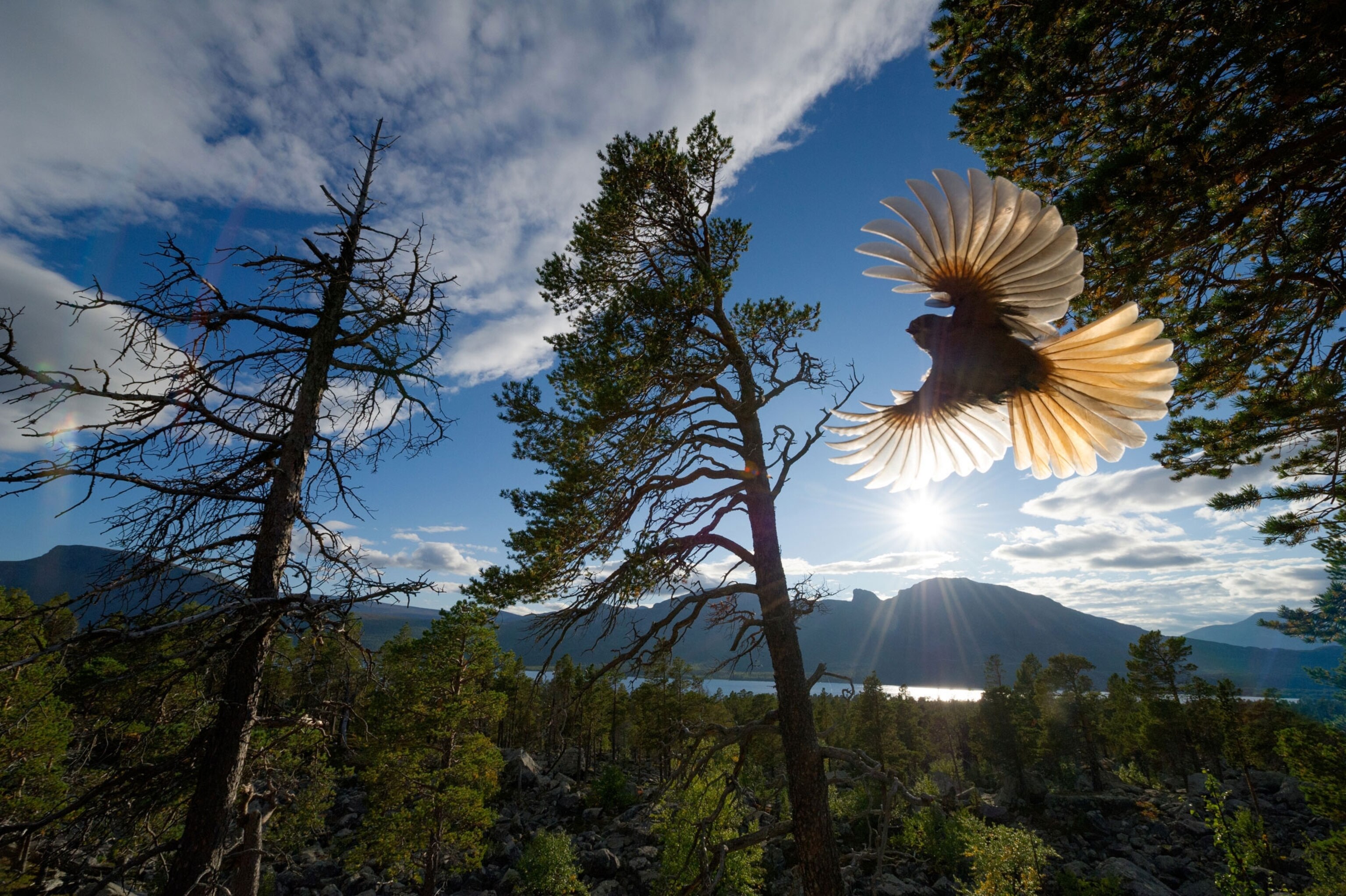
Besides sharing amazing experiences with someone who is closest to me, working on common goals and achieving success together strengthens our relationship.
It is always safer to roam in the wilderness in pairs than alone.
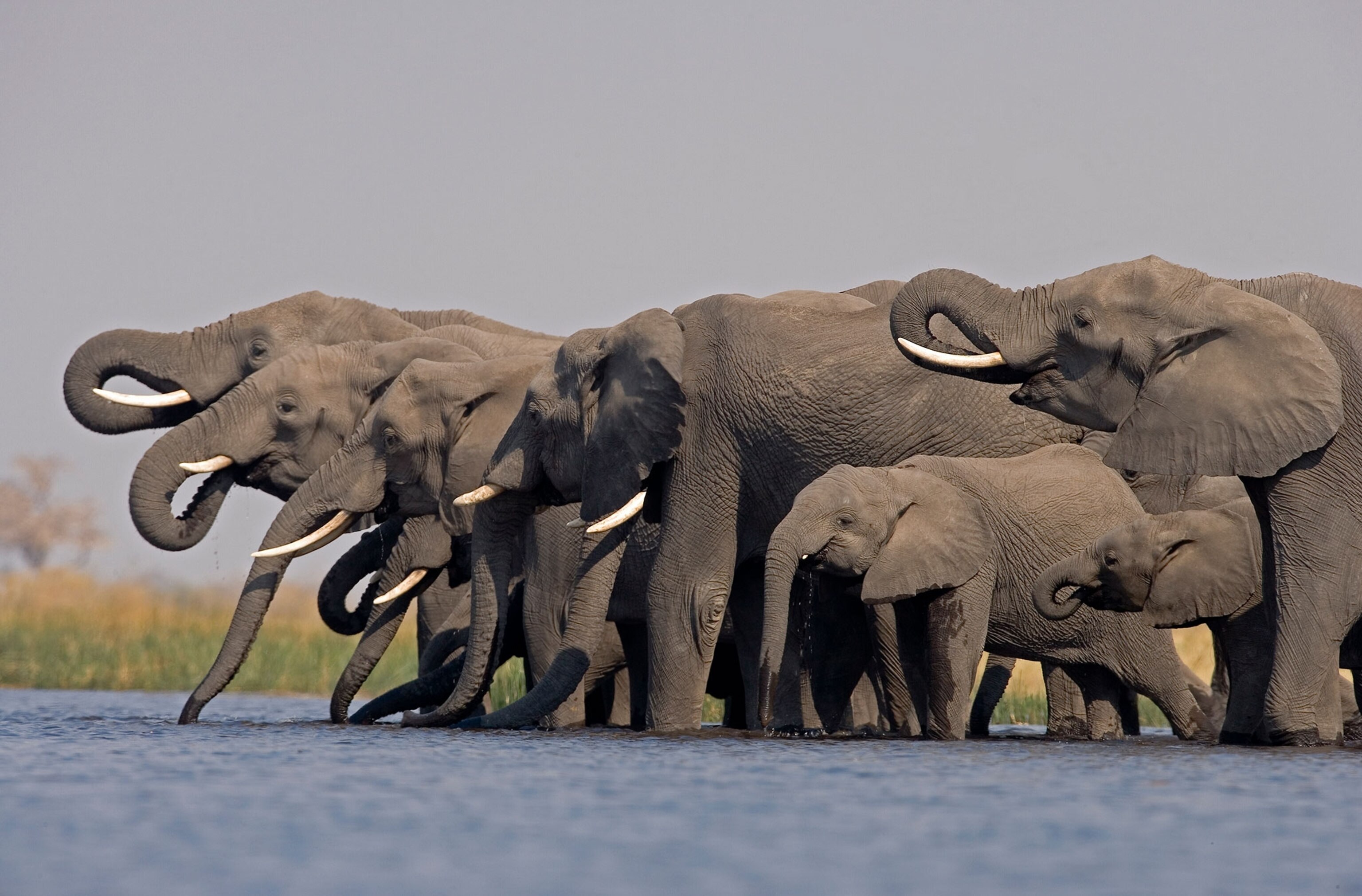
Why fall in love with that right person ... and then dedicate the rest of your lives to finding time to spend together?
Compare this. Wake up with that person, get some tea going, drive out together into the field excited to start the day, stop and find some lions, work together on [camera] angles, say "Wow!" at the same time, look at each other and just shake your heads and smile. The benefit is sharing all the great moments, not randomly selected ones.
In the wild we feed off each other’s ups and downs. Melancholy is important, to a degree, to create, so I don’t want to lose that introspection, but working with someone can give space for that process is like working closely with a far better version of myself. Except I love her more.
Surviving in the bush, taking on long studies of big cats and large dangerous wildlife – those are things I couldn’t do without Dereck. I would not want to be sharing these emotionally bonding moments with anyone else. These are life changing experiences. I really want to share them with someone who has changed my life.
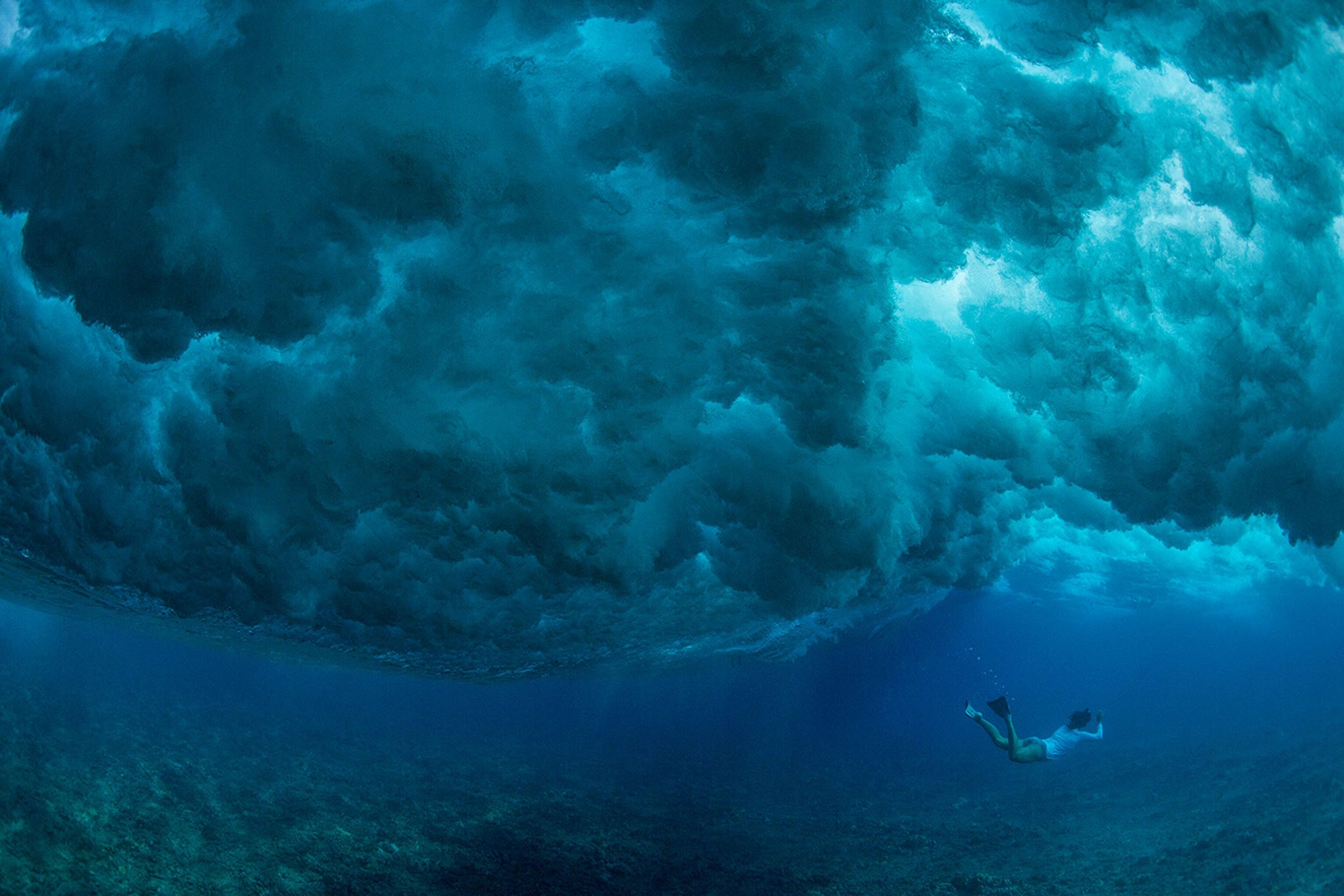
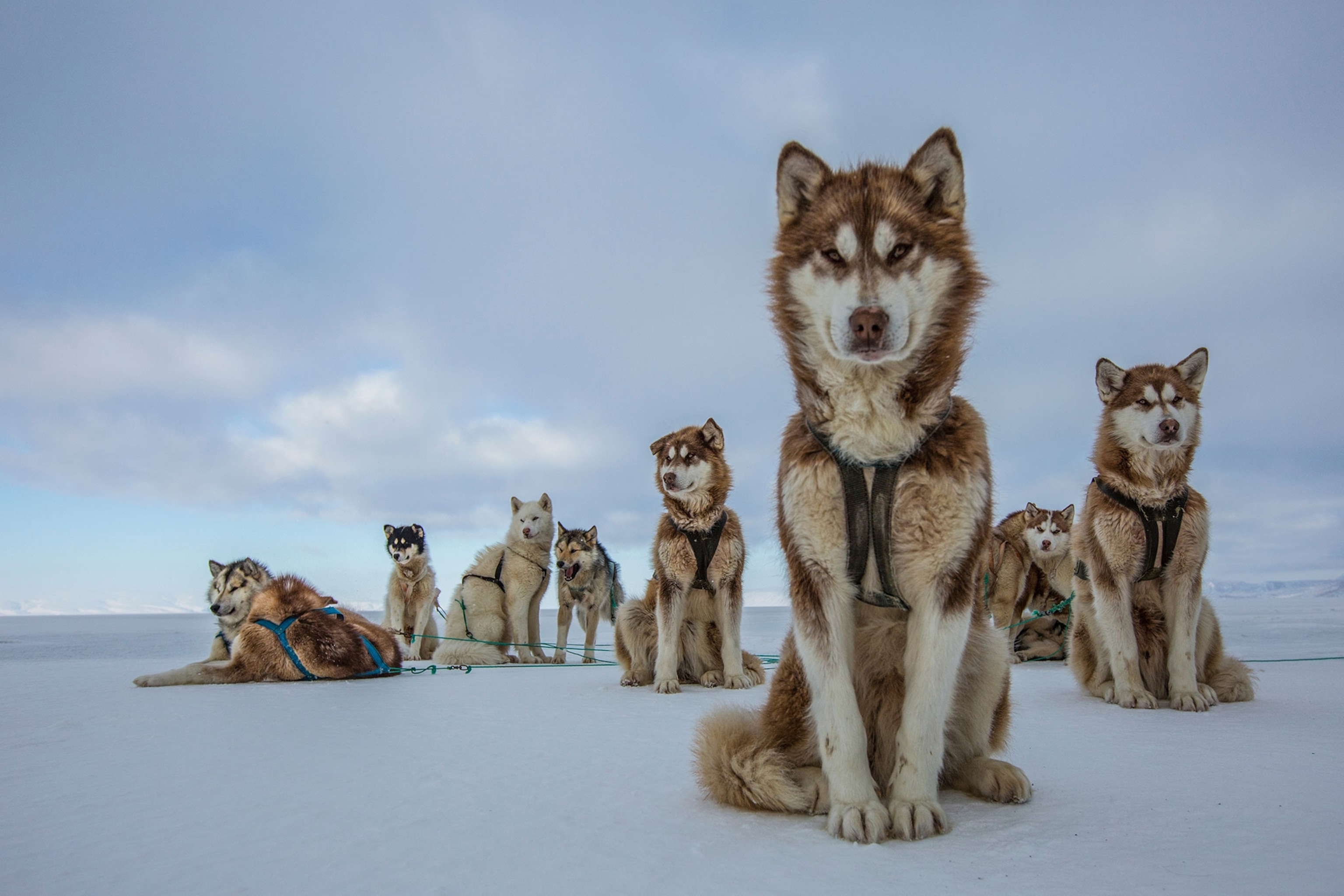
What is one thing I couldn’t do as a photographer without my partner? Hahaha! Everything! Cristina opens doors that I did not know could be opened. I was about to be arrested for photographing Chichen Itza after hours. The guards came up to me and demanded the cards from my digital camera. Cristina called their bluff and within 20 minutes they were guiding us, taking us to the top of Chichen Itza, something we were not able to achieve through a two-year permit process. Cristina pulls that stuff off all of the time.
The best thing about working collaboratively with my partner is there is no guilt about being way from home. Wherever we are together is “home,” and that allows us to spend as much time as possible in the field.
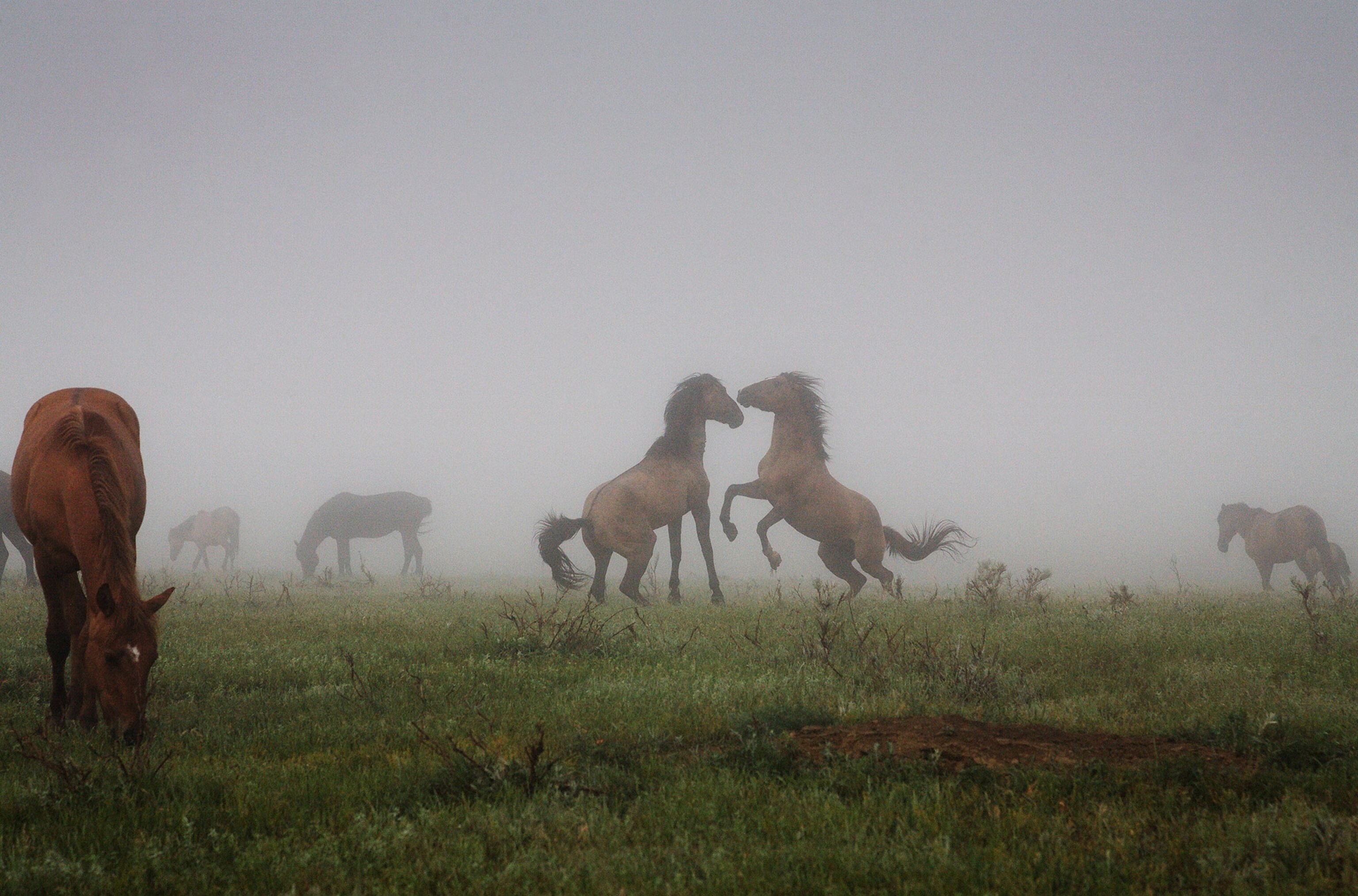
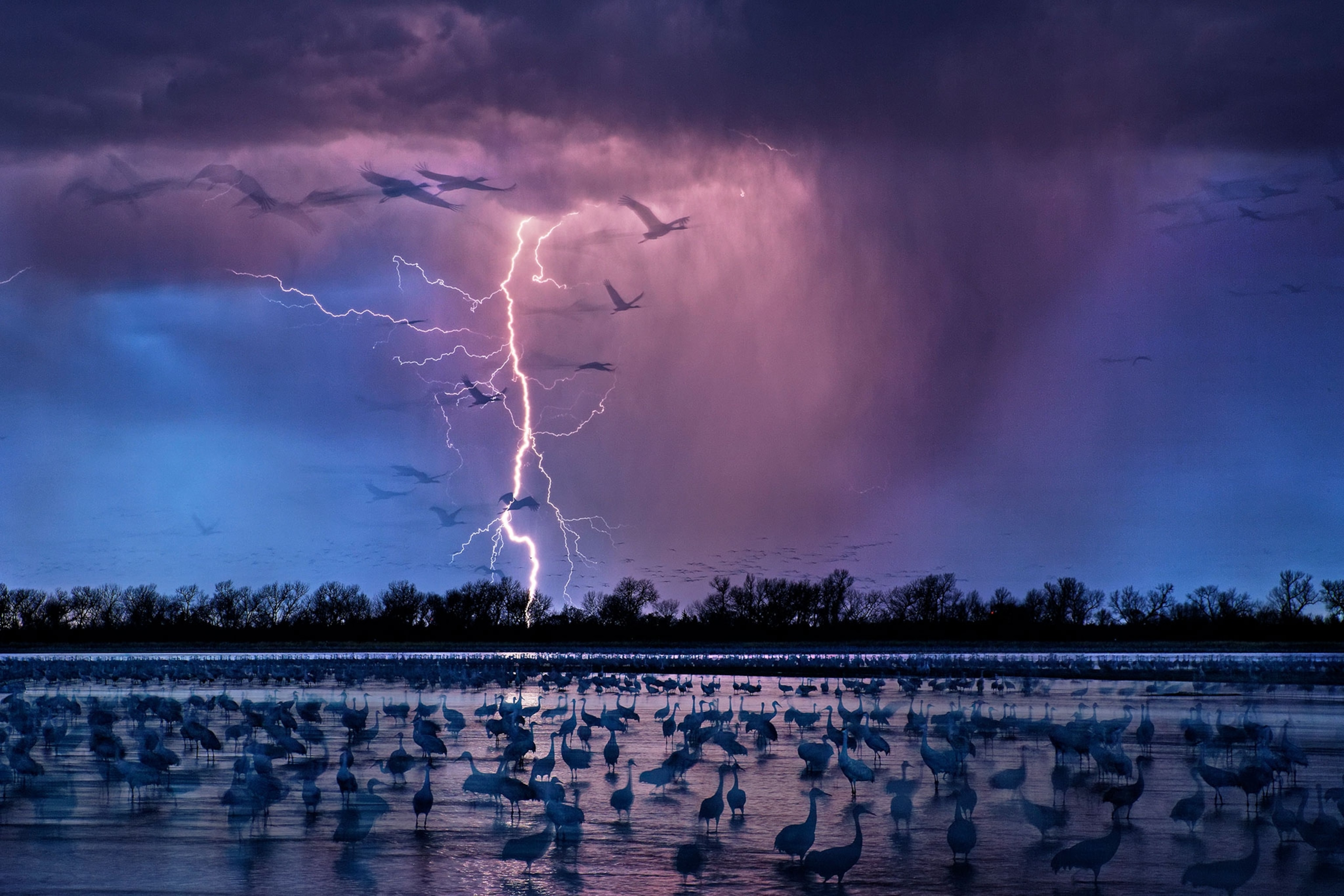
Who else is going to get up with you at 3 a.m. to put on sunscreen in the dark and then drive two hours into the desert to wait all day for the possibility of a photograph?
Sometimes our assignments have diverged in huge ways but we would still rely on each other for advice. I was in Sudan in 2002 covering the civil war and I had to decide whether that was safe or not for the plane I’d hired to pick up wounded Sudanese soldiers at a nearby airstrip.
I called Melissa for advice. She was working on an assignment in Lexington, Kentucky— photographing a 27 million-dollar racehorse being bred in a stone barn with chandeliers in the cupolas.
It helps that we both believe in photographing the full range of human experience and emotion without prejudice or ethnocentrism. It would be difficult if we both didn’t understand the importance of that.
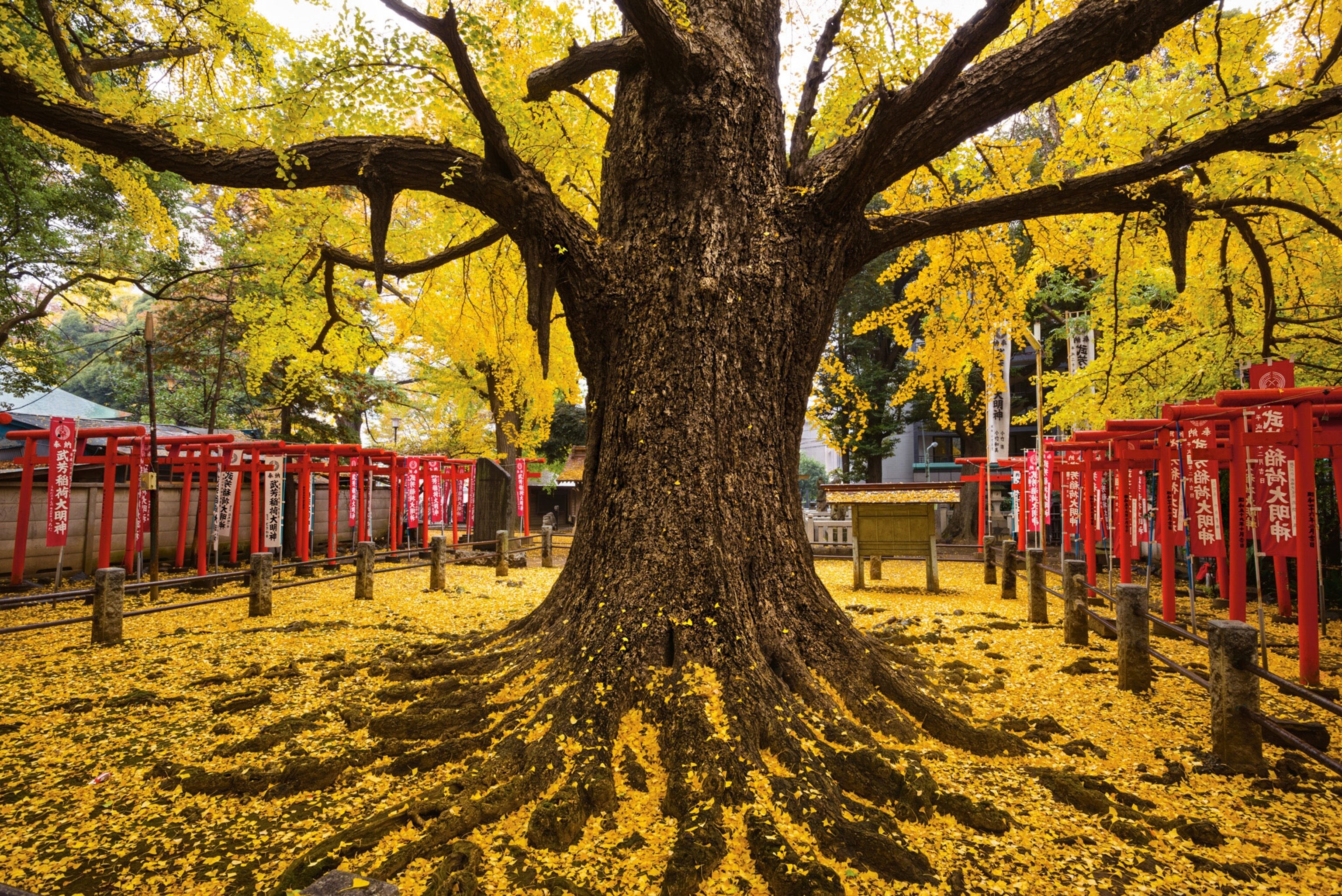
What we have learned in our 30 years of collaborating together is that compromise is not only good, but it is essential. Up until 2012, our collaboration was centered on Len working in color and Diane photographing in black-and-white. In those early days we went about our separate wanderings, photographing what interested us. Once home we compared contact sheets and discovered that we photographed the same exact tree—or rock—but in an entirely different way.
Since shooting digital, we are combining our two heads and working only in color – and we feel pretty certain that for us two heads are better than one. In collaborating, we play to our strengths—Diane researching and proposing projects, with Len convincing the powers that be to give us more time than people normally think is needed for making great photographs.
Jessie Wender is a senior photo editor for National Geographic. You can follow her on Instagram.

